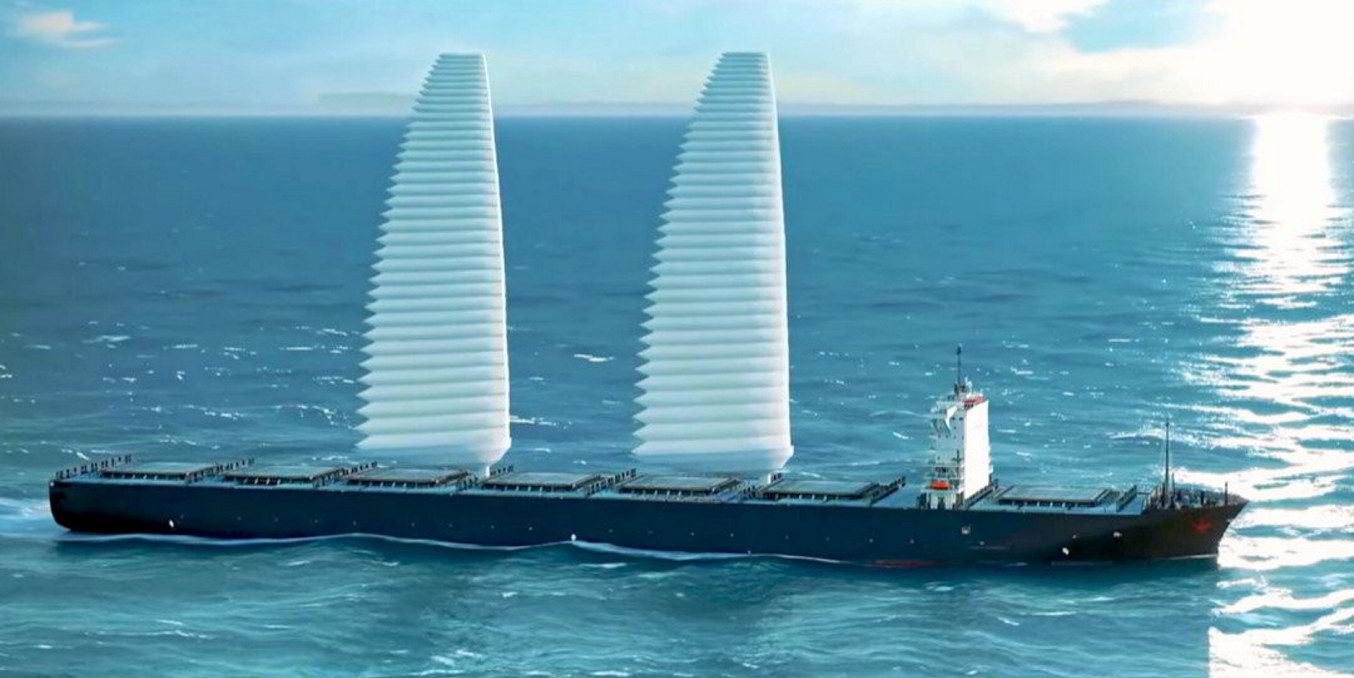Dutch maritime research institute Marin and US classification society American Bureau of Shipping (ABS) have kicked off a second joint industry project to improve rules for wind assisted propulsion and help its uptake.
The second Wind-Assisted Ship Propulsion Project (WiSP2) will pick from a first phase, adding in further analysis and taking a wider scope over the next two years.
Its main aims will be to improve methods for transparent performance predictions of wind assisted propulsion systems, and review the regulatory perspective, recommending improvements and clarifications.
The project’s scope will also include the development of a basic performance prediction tool for wind propulsion systems, and proposals for in-service speed trials as well as assessing the influence of manoeuvring compliance and course keeping.
WiSP2 will focus on making evaluations within the International Maritime Organization's Energy Efficiency Design Index and Energy Efficiency Existing Ship Index regulations, as well as from real operational conditions.
“The aim is to prove the level of fuel savings ship owners can expect, enabling them to make informed investment decisions, while also keeping the upcoming CII [carbon intensity indicator] requirements in mind," said Patrick Hooijmans, team leader for transport and shipping at Marin and the company's lead for the WiSP2 project.
New findings will be condensed in updated recommended methods for performance prediction and reported as submissions to Marine Environment Protection Committee (MEPC) and potentially other committees in the IMO, said Jan Otto de Kat, director of the Global Sustainability Center in Copenhagen and co-initiator from ABS.
The project involves other partners and is open for more to join. A reduced entry fee is available for further organisations joining before August.
“A set of recommendations and a software tool to prepare exploratory performance predictions for wind propulsion systems is another important step forward for the sector,” said Gavin Allwright, secretary general of the International Windship Association.
The first WiSP project delivered recommended methods for improved performance after systematic variation of modelling using four case vessels equipped with Flettner rotors, Dynarigs and retractable wing sails.
Proposals for better rules and regulations were discussed, specifically on the EEDI, which resulted in submissions to the MEPC's meeting last October.





